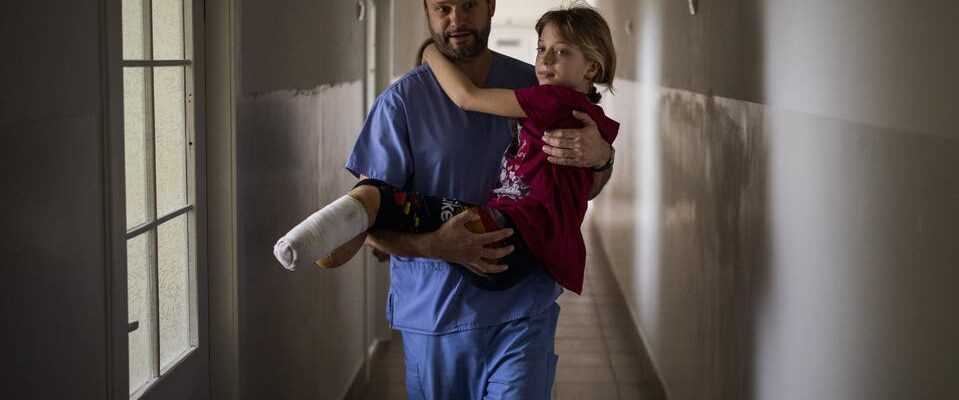Bombs and rockets repeatedly fall on soldiers and civilians in Ukraine. Those who survive are marked by the traumatic experiences – mentally and sometimes physically. The photographer Emilio Morenatti has portrayed people who lost limbs in the war, telling their story as well as his own.
Serious injuries from bombing and missile attacks often require prompt treatment. However, the overburdened doctors in Ukraine not only lack the time, but also the instruments, medicines and specialists to be able to carry out complicated procedures. Many of them have left the country or are fighting at the front. Severely injured limbs are therefore amputated without further ado.
An amputation can save the patient’s life, but it also scars him for the rest of his life. Photographer Emilio Morenatti has portrayed people who are learning to deal with the new normal. They told him their harrowing stories.
Iana and Natasha
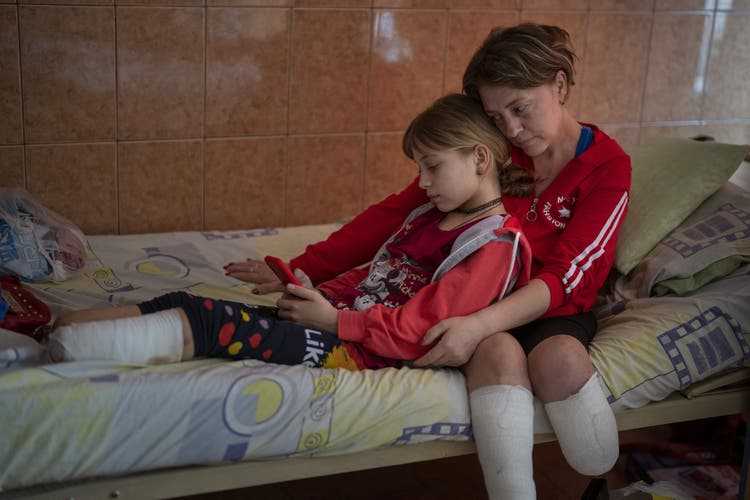
“Mom, I’m dying,” Iana Stepanenko had shouted. Her mother lay next to her and stared in horror at her daughter’s tattered leggings. The feet were missing.
The two had just left the station building to get tea when the rocket hit. Natasha Stepanenko’s son, Iana’s twin brother Iarik, guarded the luggage. He was the only one of the family who escaped unharmed. The attack in Kramatorsk killed 50 people.
The mother lost her left shin and the daughter both feet. “I’m her mother and I can’t help her get up or change. I can only support them with words from my bed, »says Natasha Stepanenko, close to tears. The father of her children died of cancer years ago. The stepfather fights at the front.
Sometimes Iana’s twin brother Iarik pushes her through the hospital corridors to the swing in front of the hospital building. Iana can’t wait to get prostheses: “I really want to run again,” she says.
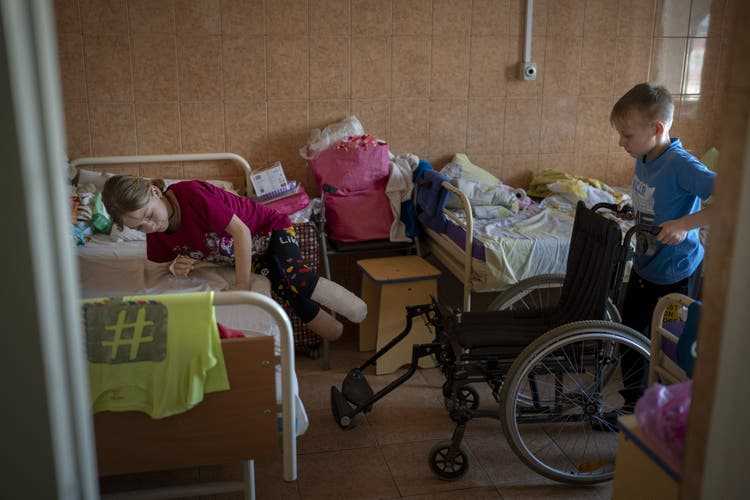
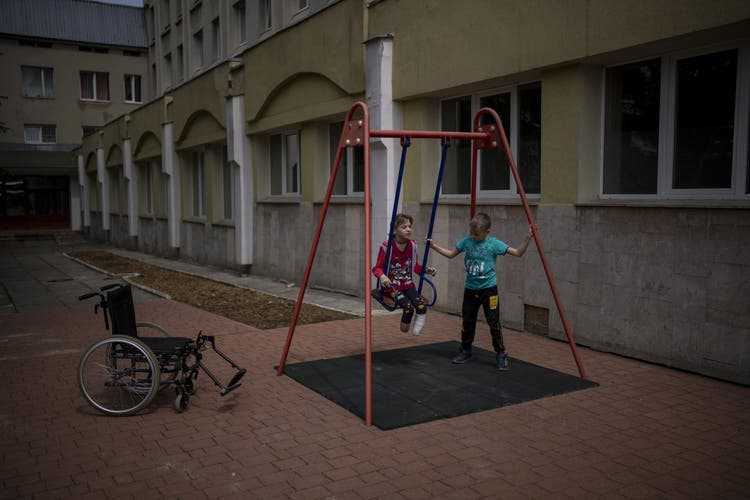
Nastia Kuzik
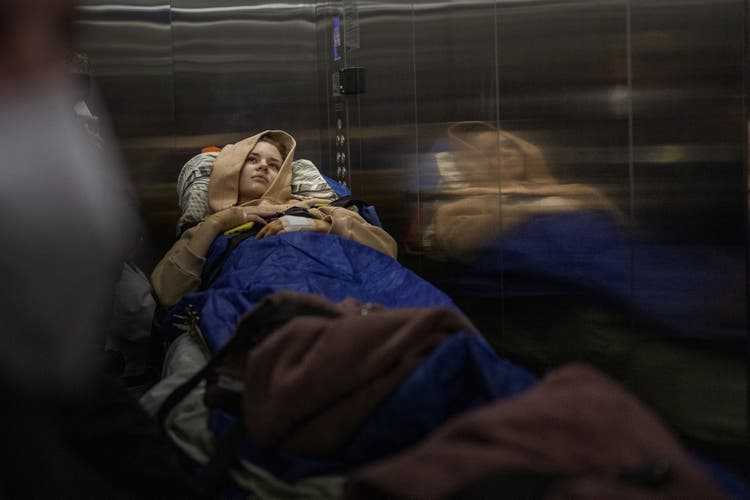
“Ch, ch, ch,” had done it. Nastia Kuzik ran. Then she lost consciousness.
She had only wanted to leave the shelter for a moment. She had already stayed in the basement in Chernihiv with her family and 120 other people for two or three days. Tired of the darkness, Nastia Kuzik left the shelter to quickly go to her brother’s house. On the way back, just a few steps from the basement entrance, an explosion knocked her to the ground.
Doctors’ attempts to save her right leg failed. “I’m beginning to accept it,” says Nastia Kuzik. “I thought that could never happen to me. But what can I do, it’s like this now.”
Nastia Kuzik always wanted to go to Germany to study there. At the beginning of May she will be taken to a specialized rehabilitation facility in Leipzig.
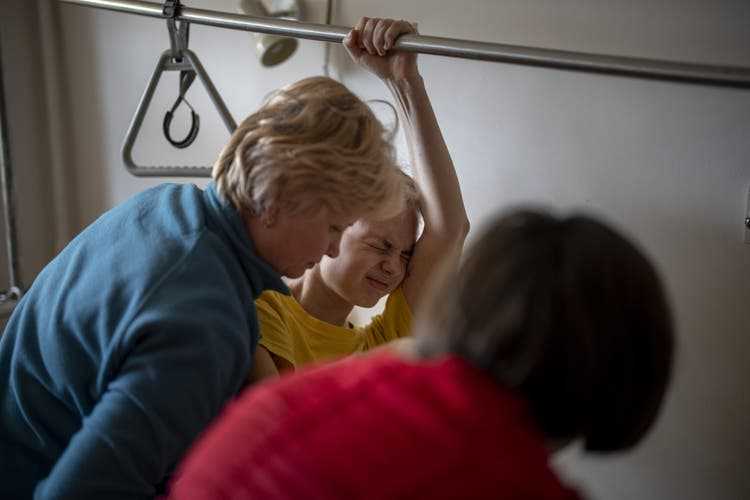
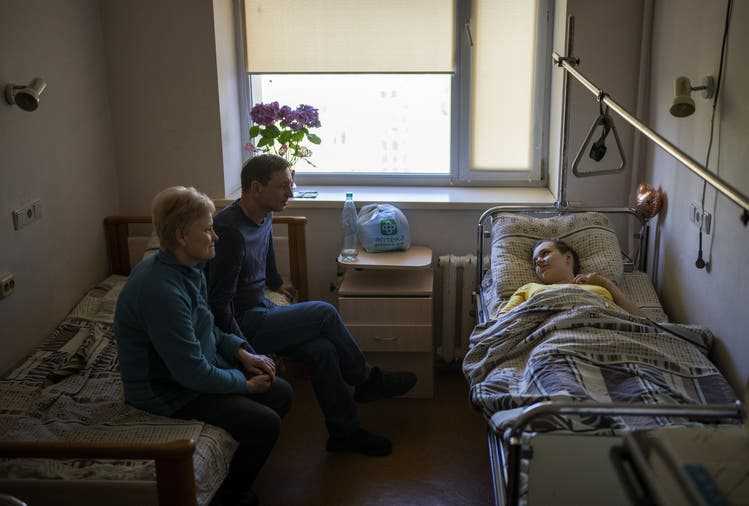
Olena
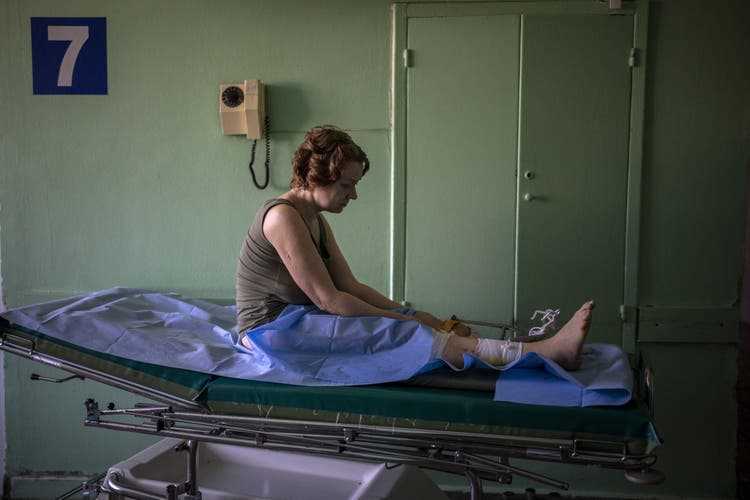
“Why did God let me live?” Olena Witer asks herself. She is lying on a stretcher in a hospital in Kyiv, waiting. She likes to dance. She doesn’t know if she’ll ever feel like dancing again. The pain of loss weighs too heavily on her. In the explosion in her home village of Rovashiv, she not only lost her leg, but also her son.
His name was Ivan, he was 14 years old and a passionate musician. His father buried him under a flower bush in the garden, next to another boy who died in the bombing. “How am I supposed to live without Ivan?” Olena Viter asks herself. The doctors take her to the operating room.

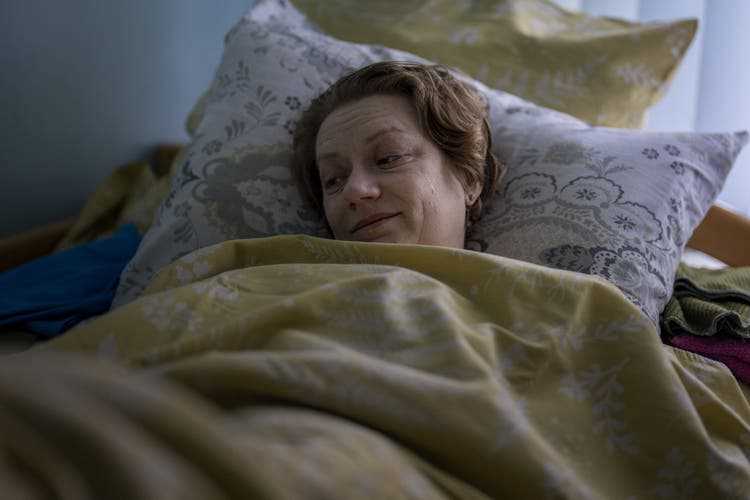
For the photographer Emilio Morenatti, the pictures of Olena Witer and the other war victims are of great importance. Because like her, he was lying on the stretcher 13 years ago.
Emilio Morenati
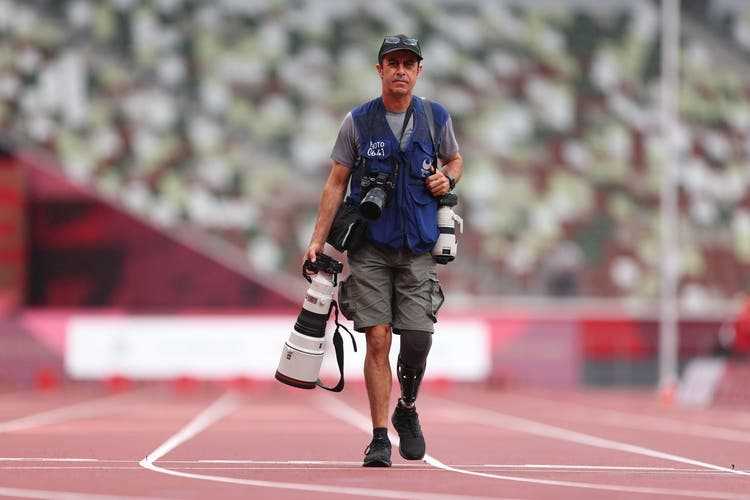
Emilio Morenatti as a photographer for the Associated Press at the 2020 Tokyo Paralympics (September 4, 2021).
“I know the shock when the day starts well and ends with an amputation,” wrote Emilio Morenatti in 2013 after the attack on the Boston marathon. For him, that day was August 11, 2009. A bomb exploded on the side of the road and the armored vehicle in which Morenatti had been traveling with US soldiers in southern Afghanistan overturned. He passed out.
“When I came to, I tried to get up, but couldn’t,” says Morenatti. A brutal pain shot through his body. “I thought of my wife and forced myself to stay alive.” He was flown by helicopter to a hospital in Kandahar, where his left leg was amputated.
During the rehabilitation, the camera – the tool that had brought him to this terrible situation in the first place – was his inspiration and “part of my rescue”. He continuously documented his recovery process. Like Iana Stepanenko, Emilio Morenatti’s first wish was to be able to run again.
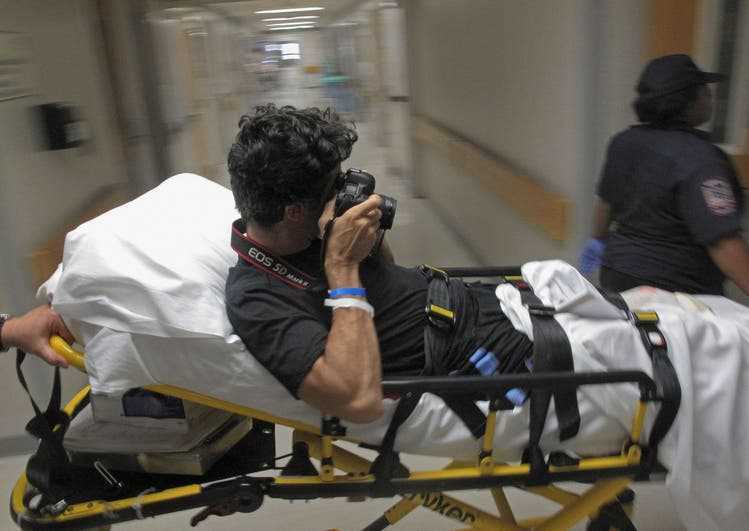
Emilio Morenatti takes photos from a stretcher while being transferred from the University of Maryland Medical Center to a rehabilitation facility in Baltimore (August 25, 2009).
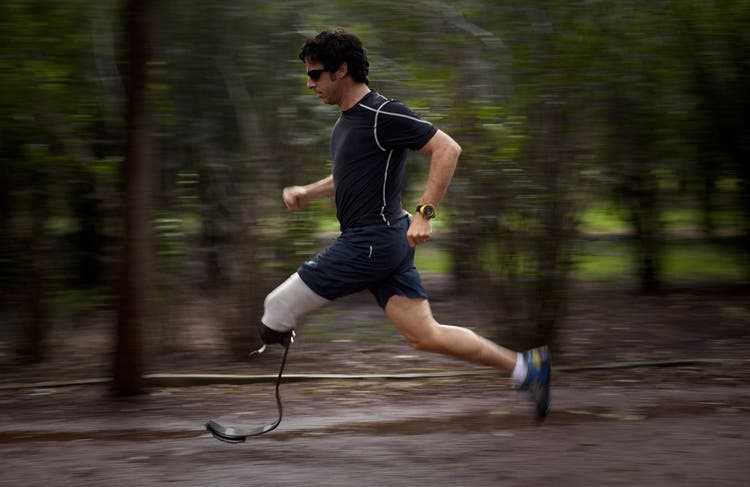
A year after the attack in Afghanistan, Emilio Morenatti is running again. Here in a public park in Mexico City (April 15, 2013).
The people in Morenatti’s portraits, including himself, only narrowly escaped death. Meanwhile, many others paid with their lives. How many civilians have died so far is one of the most important and at the same time most difficult questions of the Ukraine war. The UN publishes a daily report with the latest figures for civilian casualties. 3,811 civilians have been killed since the beginning of the war. 4278 were injured.
The UN figures are the most carefully compiled because they only include those people who can be said with great certainty to be both civilians and victims of acts of war. The UN numbers are probably far below the actual number of dead and injured.
The Ukrainian army is currently pushing back Russian forces in some areas. Russia is now concentrating its attacks primarily on the Donbass region in the east of the country. Nevertheless, the number of civilian casualties will continue to rise.
Ukrainian President Volodymyr Zelensky said in his video address on Thursday evening: “The occupiers are trying to exert even more pressure in Donbass. It’s hell there – and that’s no exaggeration.”
Images Emilio Morenatti / AP
